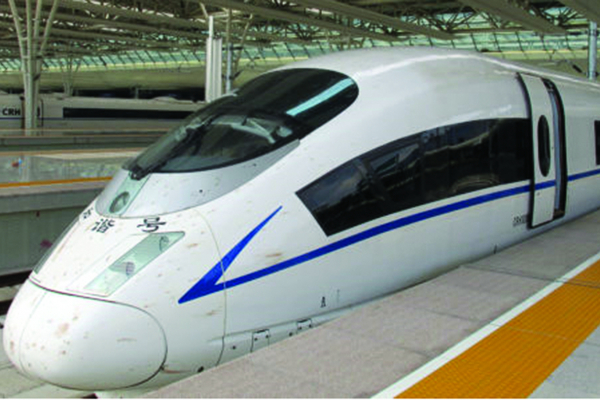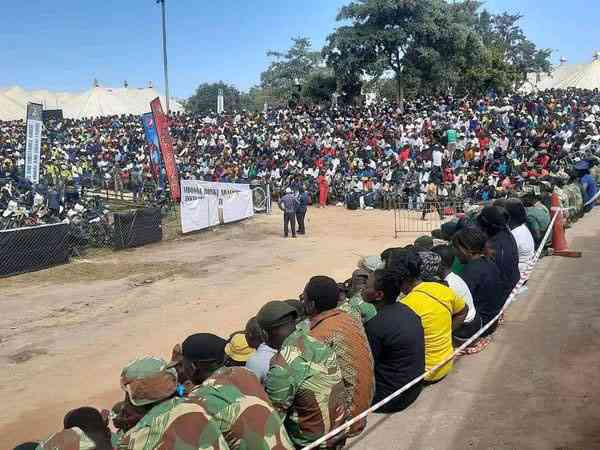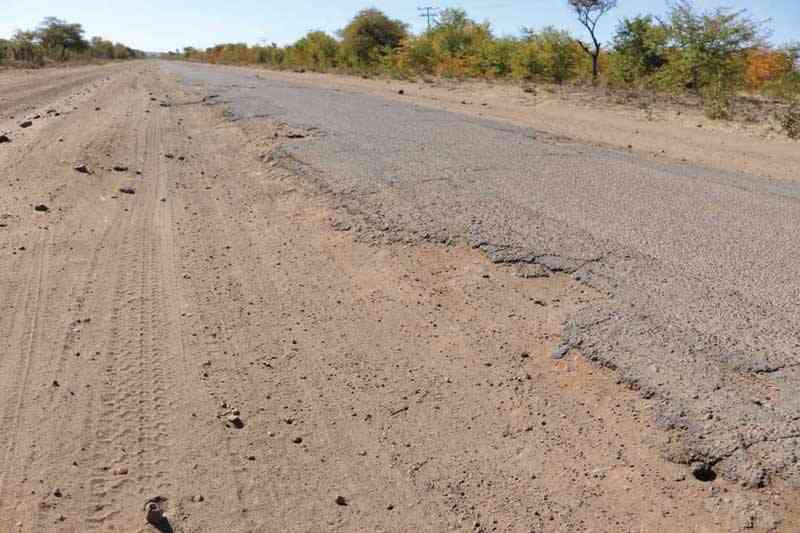
There’s a reason the “bullet train” is a predictable pre-election teaser: It’s an irresistible idea.
Gus Manatsa
With an expansion of rail networks, especially inter-city rail, we could expect the following benefits:
lFewer people need to drive, meaning massive reduction in traffic jams and road accidents and less fuel import costs
lWith easier access from more remote areas, there is far less pressure and competition for inner-city real estate, potentially reducing costs of housing for millions of people.
lMuch easier for tourists to connect our major destinations- Eastern Highlands, Kariba, Victoria Falls, Matopos etc.
lPeople can do work or entertain themselves on the train. In a car, you look at the car in front of you and in a plane, you spend most of that time getting messed around by security clearances, restrictions and endless announcements.
Imagine sauntering down from Harare to Bulawayo or even Johannesburg’s Park Station in a comfortable seat on board a shiny new fast train.
- Chamisa under fire over US$120K donation
- Mavhunga puts DeMbare into Chibuku quarterfinals
- Pension funds bet on Cabora Bassa oilfields
- Councils defy govt fire tender directive
Keep Reading
We could call it iHlasi. You would sit and work on your laptop or read a book or recline your seat to take a nap while the landscape whizzes by fast.
And then, less than two hours later, you would alight in the Bulawayo central business district and get on with your day.
I have loved travelling by train, ever since I was in high school and when I visited Europe as a postgraduate student and got a taste for the romance of long-distance rail.
More recently, travelling by the G trains running between Beijing and Shanghai at a high speed of 350km per hour has hooked me on the convenience.
But even if the Zimbabwe’s fast train version ends up being slower, I think it’s still a better option to catching a plane.
Just think of all the faffing around you avoid when you take an intercity train.
To take a flight you have to catch a bus or taxi to the airport, then queue to check in both person and baggage, then the security scan, then schlepping to the boarding gate, then boarding, then you can’t take out your laptop for roughly half the trip, then you wait to get off, then you wait at the baggage carousel, then you wait for a cab or train. Phew!
However, with regular trains, just think how many more of us would travel intercity on a regular basis.
How many dodgy buses you could avoid (over 1 000 people have perished in bus crushes since 1980).
It would provide competition to airlines and it would also provide a way around the airport curfews.
At last, you could leave Bulawayo after dinner and arrive in Harare before midnight.
A fast train would also integrate the MDC Alliance’s proposed shift of the country’s capital city to Gweru far more successfully with the most populated corridors in the country.
It would allow civil servants to work in Gweru while still living in Bulawayo or Harare.
The Acela train that links Washington DC with New York, Boston and Philadelphia is a legendary piece of infrastructure, famously caught by former Vice-President Joe Biden so he could remain based in Delaware with his family.
Traditionally, we dream big pre-election time, and then discover via a post-election study that it isn’t viable, so I’m bracing myself for disappointment. There is always a chorus of naysayers who point to the cost.
If you consider that the Zanu PF government allegedly looted $15 billion worth of diamonds, Zimbabwe can afford a fast train.
Morocco has just introduced Africa’s fastest train at a cost of $2,3 billion.
I would also point out that in other countries, they don’t seem to dither over the cost of major infrastructure projects − they just build them. Just under 40 years ago, China was a poor country dominated by peasant farming.
Fast forward to 2018, the Shanghai Maglev trains are the fastest trains commercially operated in the world, with a top commercial speed of 431km per hour and a top non-commercial speed of 501km per hour.
At that speed, a Harare- Bulawayo journey will be done within one hour.
Harare-Johannesburg would take about five hours (including border stops), two hours Harare- Lusaka and under two hours to Victoria Falls.
Forty years ago, the Central Committee of the Communist Party of China started the courageous endeavour and still on-going process of reform and opening up in China.
There is every reason to believe that the MDC Alliance dream of national rejuvenation will likely guide us on a journey of reform and opening-up anew.
The MDC Alliance will have to lead the Zimbabweans in taking on difficult issues and navigate treacherous rapids, cutting a path through the mountain rocks of corruption and building a bridge across the rapid currents of infrastructure.
I just don’t see the same will and energy in Zanu PF.
Dr Gus Manatsa writes for a number of forums and publications in the Conversation in the business, science, biotech and politics areas











